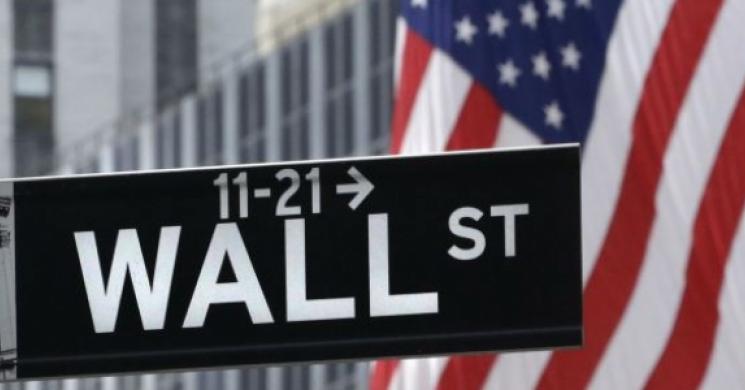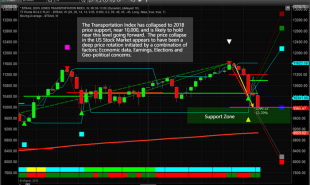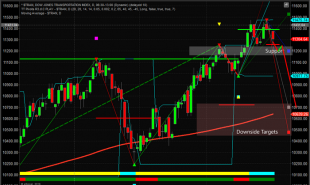
The latest figures from the EIA show that despite some hiccups, the shale rebound is still on track. Last week, the sharp drawdown in inventories made headlines, but buried within the weekly figures was a bounce back in oil production, reigniting fears that the market will take much longer to balance.
(Click to enlarge)
The U.S. shale industry has already added almost a half million barrels per day since the end of last year, taking production up to 9.3 million barrels per day (mb/d). But production is expected to continue to grow rapidly, with projections putting output at a record-high 10 mb/d by next year.
The coming wave of new supply will only be possible with the generous help of Wall Street. According to the Wall Street Journal, major banks and investors have showered the industry with credit and equity, pouring an estimated $57 billion into the sector over the past 18 months. All of that money is being translated into a sharp rise in drilling even as oil prices slump.
But while individual companies hope to attract investors and boost profits by ratcheting up production, the industry as a whole is shooting itself in the foot. Some less efficient drillers are increasing production but losing money on every barrel produced.
There is a growing recognition that loose money and easy credit is helping contribute to another downturn in prices. “The biggest problem our industry faces today is you guys,” the CEO of Anadarko Petroleum, Al Walker, said at an investor’s conference in June, according to the WSJ. “It’s kind of like going to AA. You know, we need a partner. We really need the investment community to show discipline.”Related: The Biggest Obstacles For China’s $900 Billion Silk Road
Investors hungry for yield are throwing money into companies who then drill more, and the surge in production is hurting the industry as a whole. Despite efficiency improvements, the shale industry is expected to be cash flow negative by a combined $20 billion this year as oil prices sink.
The energy sector, by some estimates, has been the worst performer this year for investors, so many are getting burned even as they keep the money taps open. Whether in terms of commodity prices (energy fell 11 percent in the S&P Goldman Sachs Commodity Index) or individual companies (73 of the 90 companies in the MSCI World Energy Sector Index saw their share prices decline in the second quarter), the oil and gas industry has not been a great space to be in.
(Click to enlarge)
Investors are slowly waking up to the idea that they may not be able to make juicy profits by betting on a sharp rebound in oil prices. There is some early evidence that Big Finance is pulling back, with new equity issuance down recently.
Even if Wall Street starts to cut back on its investments in shale, it will take time for that spending contraction to show up in the production data. There is a roughly six-month lag time between the decision to begin drilling and oil showing up in the market, so the rush of new drilling that began in the first half of 2017 will ensure that production likely continues on its upward trajectory for the rest of the year.
But lower prices will ultimately cut into U.S. production, even if that doesn’t occur until 2018. According to Bank of America Merrill Lynch, a $1 per barrel increase or decrease translates into the addition or subtraction of 100,000 bpd of supply. As a result, “[w]ithin a $20 band, you get an almost 2m b/d swing,” said Francisco Blanch, Bank of America’s global head of commodities research, according to the FT. So while 2017 production will probably continue to increase, the outlook for 2018 is still sensitive to prices.
Nevertheless, the current oversupply woes have forced investment banks and other oil analysts far and wide to downgrade their oil price forecasts. For example, Bernstein Research slashed its price forecast for 2017 and 2018 from $60 and $70 per barrel, respectively, down to just $50. Bernstein doesn’t see oil averaging $60 per barrel before 2019.
Drastic cuts to oil price forecasts are spreading. BNP Paribas just axed its 2018 forecast for Brent by $15 per barrel to a lowly $48.
If those depressed price levels stick around, Wall Street will likely grow tired of shale drilling and start taking its money elsewhere.
By Nick Cunningham of Oilprice.com
Read more by MarketSlant Editor









